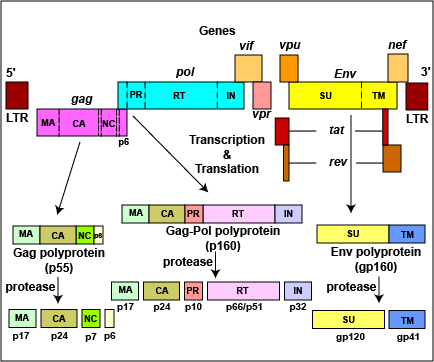Fig. 3: Transcription and Translation of the Genome of HIV
The gag and pol genes are transcribed as a unit and translated into two polyproteins Gag-Pol (p160) and Gag (p55). HIV proteases then cleave the Gag polyprotein (p55) into HIV matrix proteins (MA; p17), capsid proteins (CA; p24), and nucleocapsid proteins (NC, p7). The Gag-Pol polyprotein (p160) will be cleaved by HIV proteases to become HIV matrix proteins (MA; p17), capsid proteins (CA; p24), proteinase molecules (protease or PR; p10), reverse transcriptase molecules (RT; p66/p51), and integrase molecules (IN; p32). Likewise, the env gene is transcribed and translated into ENV polyprotein (gp160) that is cleaved by proteases into SU (surface glycoprotein; gp120) and TM (transmembrane glycoprotein; gp41).
HIV Genes: Gag (group antigen; codes for matrix antigen p17, capsid antigen p24, and nucleocapsid antigen); Pol (polymerase; codes for reverse transcriptase, protease, and integrase); Env (envelope; codes for surface glycoprotein gp120 and transmembrane glycoprotein gp41); Tat (transactivating protein; regulates transcription of integrated DNA of HIV); Rev (regulator of viral expression; passage of RNA transcripts out of the nucleus); Nef (negative factor; needed for full pathogenecity of HIV); Vif (viral infectivity gene; may play a role in viral assembly); Vpu (blocks transport of CD4 to the host cell surface to aid in viral release); vpr (assists transport of dsDNA intermediate into host and arrests infected cells in the G2 phase of the cell cycle).

